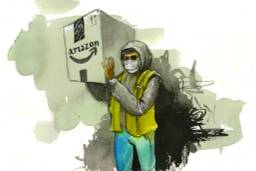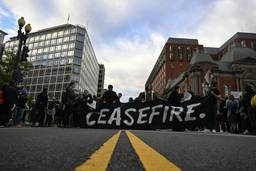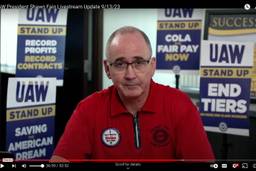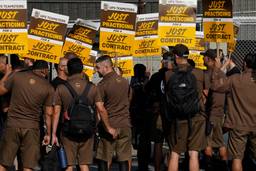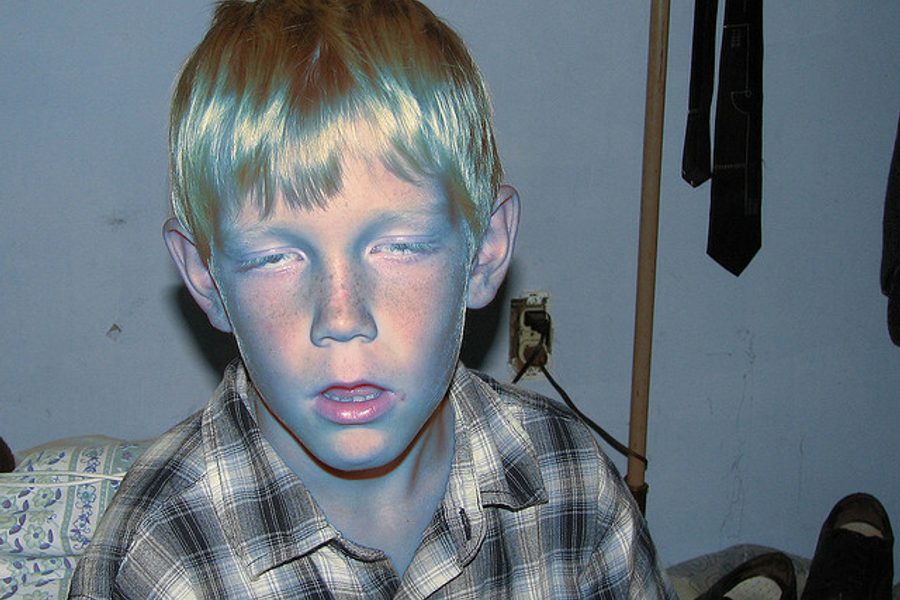
Every working parent knows what it’s like to have one of those days: a child suddenly comes down with an illness, gets sent home from daycare due to health concerns, and without a back-up care arrangement, the rest of the day has to be taken off, thus toppling over the tenuous work-life balance. Such emergencies happen all the time, but for low-income families, neither the typical workplace, nor government welfare policies, give working parents the leeway and the time they need to care for ill family members.
According to a recent survey of parents using childcare by the C.S. Mott Children’s Hospital National Poll on Children’s Health, about six out of 10 parents said that a child’s illness prevented them from attending their regular childcare in the past year, with four in 10 reporting that occurred “three or more times during the year.”
When dealing with children’s sudden illnesses, parents run into myriad barriers, according to the study:
One-half of parents with children in child care report that finding alternative or back-up child care for their sick children is difficult. In addition, about one-third of parents say taking time off of work with a sick child is difficult because they may lose pay or lose their job, and a similar proportion report that they do not receive enough paid time off from work to care for their sick children.
The lack of options might lead parents to seek more immediate, alternative forms of care, such as the emergency room, rather than regular doctor care. That could cost the entire healthcare system more in the long run.
The researchers’ key conclusion was that paid leave time at work “would allow parents to care for their sick children at home or give parents the opportunity to go to their child’s usual health care provider instead of the emergency room.” The federal Family and Medical Leave Act in theory enables many workers unpaid leave to attend to medical issues. But the narrow scope of the law leaves a large portion of the workforce uncovered, and even those who qualify don’t get paid time off (so the United States remains singularly backward among rich industrialized nations in failing to guarantee workers paid sick leave).
The campaigns for paid sick days that community and labor groups have waged in many states and in Washington show that the need for fair leave policies ties into a broader demand for workplace justice.
Families Work Without a Safety Net
While flexible leave time is critical in times of emergency, it’s just one piece of an overall deficit in supports for working-poor families. An underlying problem is chronic shortfalls in federal and state childcare subsidies. Barriers to affordable, high-quality child care (day care could cost parents several thousand dollars a year) in turn limit access to good, stable jobs – just the kind of jobs that tend to provide more reasonable leave benefits. And so the cycle goes.
The funding crisis affects millions of low-income children who rely on government-subsidized childcare services offered through state and federal welfare systems. A 2009 report by the racial justice think tank Applied Research Center detailed the inadequacies of subsidized childcare programs during the economic crisis:
As parents are laid off or become underemployed, they tighten their budgets, and many take their children out of their childcare facilities and make alternative arrangements — often at the expense of health, safety, and quality of care.
Conservative welfare “reform” policies additionally burden low-income parents on public assistance with harsh work requirements. Dr. Andrew Hashikawa, one of the lead researchers for the C.S. Mott survey, tells Working In These Times via email that for households relying on childcare subsidies, the barriers to quality care are intertwined with both the high costs of services and a lack of solid jobs with good wages:
Welfare [policy] requires that parents work or are in work-training programs – so child care is an economic necessity – but many of these jobs… are minimum wage and without any substantial benefits, which indirectly limits their options during a health emergency.
This is an economic justice issue for childcare providers as well, according to Applied Research Center:
It is common knowledge in the childcare industry that the true cost of child care is often subsidized by the low wages of childcare workers. Low reimbursement rates not only keep employee wages down, but they often make it extremely difficult to provide high-quality care for children.
The report pointed out that in California, providers “frequently go several months without payment every year as a result of these budget delays — many of them at great personal and financial costs that will take years to recover from.”
Workers Seeking Care, Workers Giving Care
The nationwide childcare crunch – for both consumers and providers – highlights the interconnected struggles within the care sector and the low-income workforce it serves. To achieve economic security, workers need jobs with living wages, equitable leave policies and supports for child care. When fiscal pressures either limit access to care or erode the quality of services, that puts the entire system at risk, and parents and care providers suffer. The children themselves bear the true cost, particularly if they come from communities that struggle with intergenerational poverty and segregation, where early childhood development programs are most needed.
In recent years labor and women’s advocacy groups have attempted to broach these twin struggles by simultaneously advocating for high standards in caregiving as well as equity for the low-wage care workers. But in the face of powerful business lobbyists and political gridlock, legislative proposals for mandatory paid sick days have met fierce opposition.
Whether parents need to take their kids to the doctor today, or need affordable quality daycare in the long term, their options are limited by politicians’ and employers’ hostility to fair workplace policies. And millions of poor children remain just one bad day away from disaster.

I hope you found this article important. Before you leave, I want to ask you to consider supporting our work with a donation. In These Times needs readers like you to help sustain our mission. We don’t depend on—or want—corporate advertising or deep-pocketed billionaires to fund our journalism. We’re supported by you, the reader, so we can focus on covering the issues that matter most to the progressive movement without fear or compromise.
Our work isn’t hidden behind a paywall because of people like you who support our journalism. We want to keep it that way. If you value the work we do and the movements we cover, please consider donating to In These Times.
Michelle Chen is a contributing writer at In These Times and The Nation, a contributing editor at Dissent and a co-producer of the “Belabored” podcast. She studies history at the CUNY Graduate Center. She tweets at @meeshellchen.



